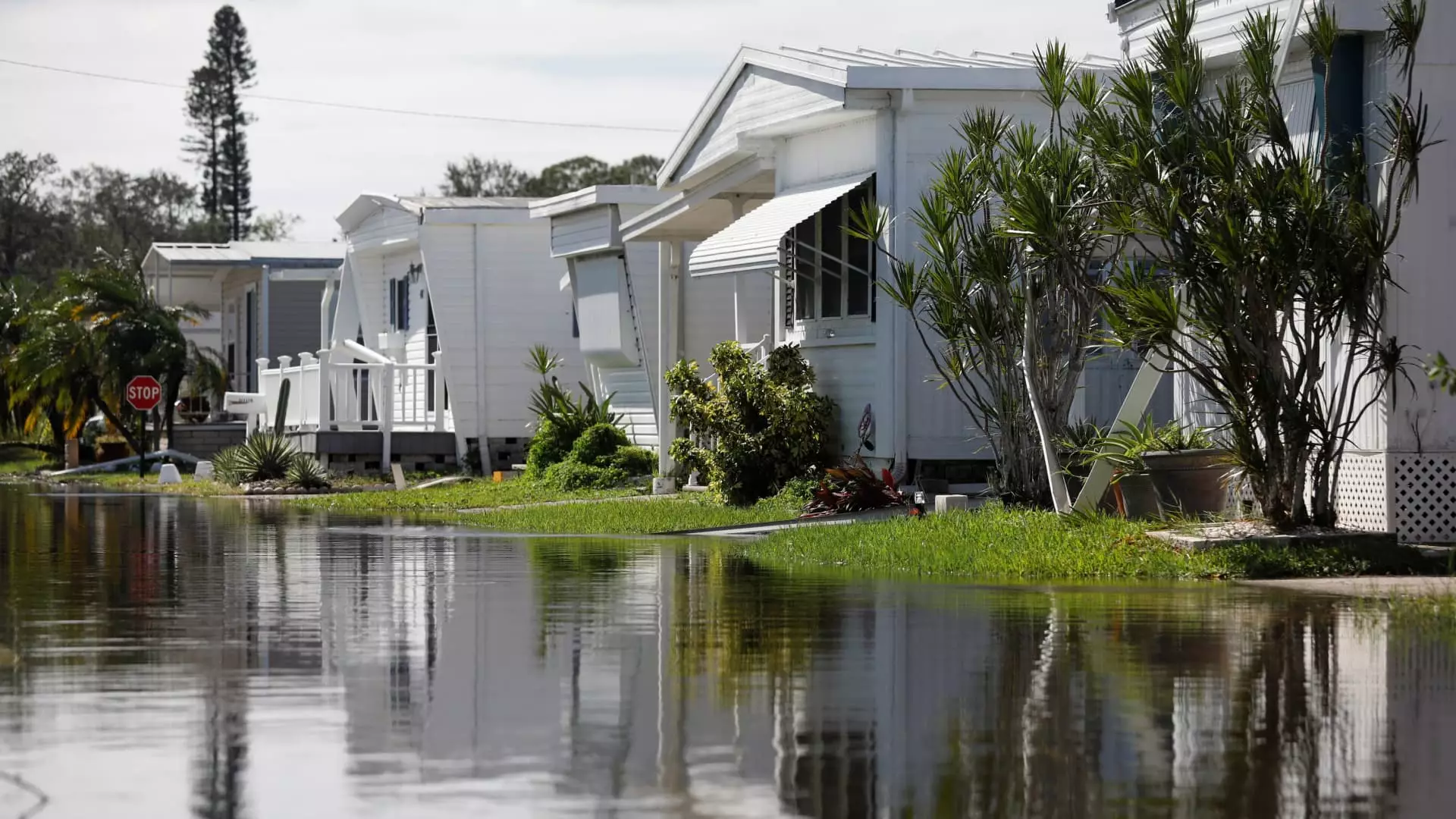Natural disasters can wreak havoc on communities, leaving homes uninhabitable and families struggling to navigate the aftermath. Whether it’s a hurricane, flood, or fire, the immediate concern is often housing stability. Fortunately, homeowners and renters alike may have financial protection through specific provisions in their insurance policies. Understanding these provisions and how to activate them can make a significant difference in the recovery process.
In the unfortunate event that your home becomes temporarily unlivable, insurance policies typically offer what’s known as “loss of use” or “additional living expenses” coverage. This provision is designed to assist policyholders with the costs incurred while they relocate due to conditions outlined in their policy, like damage from environmental catastrophes. For instance, reports indicate that insured damages from Hurricane Helene are estimated at a staggering $17.5 billion, while Hurricane Milton’s costs may reach between $30 billion and $60 billion. These figures highlight the potential scale of destruction and the financial need that can arise from such disasters.
Karl Susman, an experienced insurance agent, emphasizes that loss of use coverage is commonly included in homeowners insurance policies. In many cases, it equates to around 20% of the dwelling coverage, activated when a catastrophic event renders a residence temporarily uninhabitable. For example, if a home has a dwelling coverage of $100,000, the policy would likely provide $20,000 in loss of use funds. This financial backing can cover essential living expenses such as hotel stays, restaurant meals, pet boarding, and storage fees—expenses that quickly accumulate during such crises.
The first crucial step in accessing loss of use benefits is to communicate with your insurance provider. Shannon Martin, another insurance expert, recommends inquiring about the specifics of this coverage and the timeframe for claims processing. Many insured individuals may not realize that their insurance company can facilitate expedited claims. A proactive approach could see checks issued sooner rather than later, alleviating immediate financial worries associated with housing instability.
However, the extent and limitation of loss of use coverage should be thoroughly understood. Although it is invaluable during emergencies, this coverage is not designed for extensive or prolonged displacements. Jeremy Porter of the First Street Foundation points out that while financial assistance is available, it is typically temporary and may not sufficiency cover long-term housing needs. Rental prices often surge after natural disasters due to housing shortages, which can make budgeting under such circumstances particularly challenging.
Renters are not left out of this safety net, as most renters insurance policies also feature a loss of use provision. However, instead of dwelling coverage, which home policies may have, renters receive benefits based on personal property coverage—generally about 20% of that amount. Thus, it is crucial for renters to understand the benefits they have and plan accordingly. Reviewing both the details of their policy and any associated limitations can provide clarity on what to expect in the event of a disaster.
Moreover, homeowners and renters should investigate any potential dollar caps or time limits imposed on claims for loss of use. Understanding these details can help prevent pitfalls that might complicate recovery efforts.
While loss of use coverage offers significant immediate financial relief, policyholders must remember that it acts as a temporary fix. Loretta Worters of the Insurance Information Institute reminds us that the path to complete recovery from a disaster is rarely swift. Repairs can stretch over months or even years, and homeowners may face prolonged periods where they need to find alternative accommodation. This reality underlines the importance of preparing for not just the immediate aftermath but also the ongoing costs that accompany restoration efforts.
In addition to private insurance, families affected by disasters can also seek assistance from disaster relief organizations such as the Federal Emergency Management Agency (FEMA). Combining these resources can ease the burden of navigating recovery, providing a multi-faceted approach to overcoming what can often be insurmountable challenges.
Understanding the nuances of insurance coverage related to loss of use is essential for any homeowner or renter affected by natural disasters. With the right information and prompt action, individuals can navigate their way through one of life’s most challenging circumstances and begin to rebuild their lives. By remaining informed about policy details and available assistance, families can mitigate the financial strain and begin to focus on recovery in the wake of devastation.

